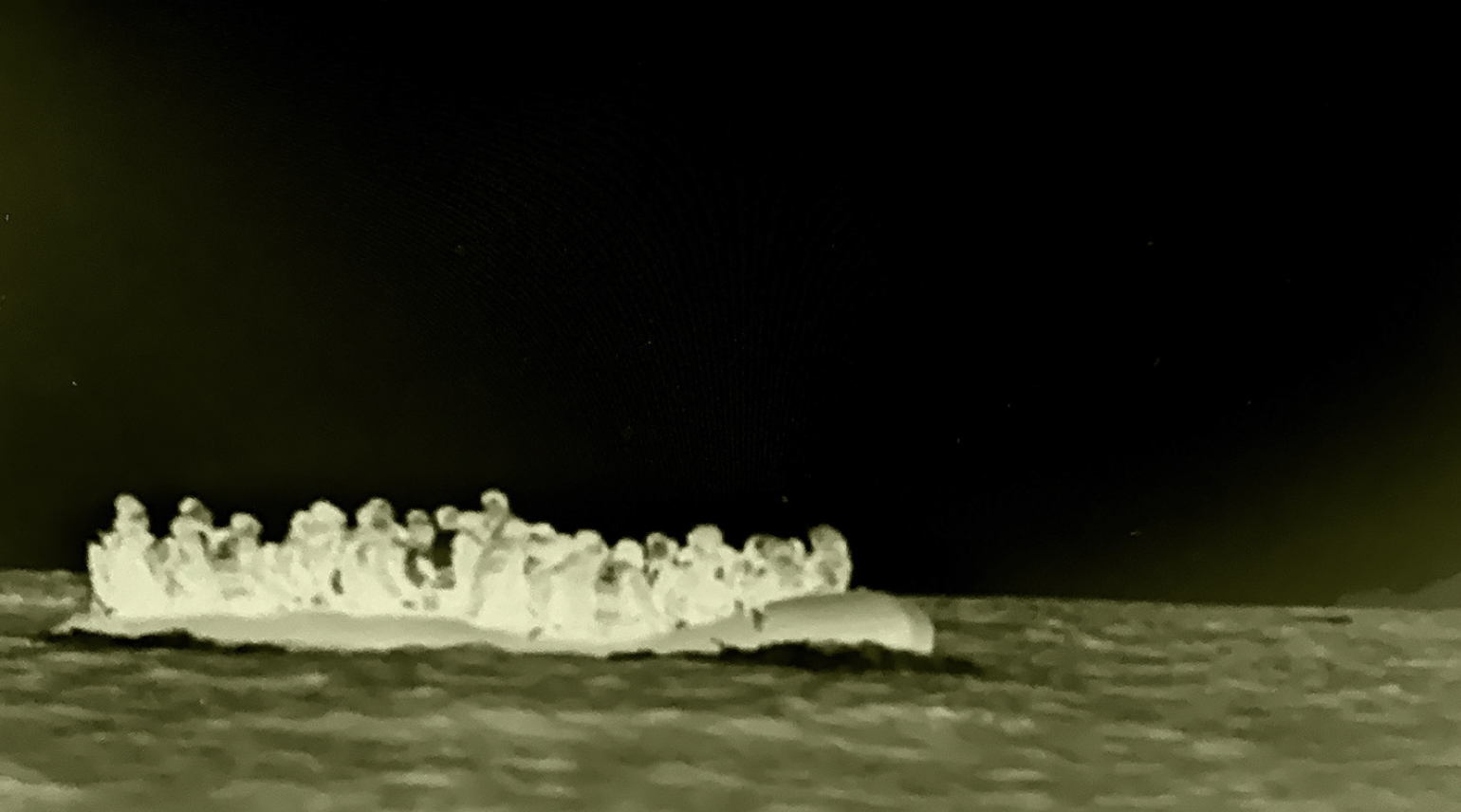
A view from above, from nowhere:
Depiction of the asylum seeker as an unrecognizable person
Abstract
The aim of writing this paper is to examine how the depiction of an asylum seeker among a mass of people facilitates a process of dehumanization. Through examine and deconstruction of the representative images who depict asylum seekers as an unrecognizable person among a crowd of people, I aspire to scrutinize a mutual interplay between a political context and consequential implication of this kind of visual narration. Representational regimes [1] are “politically saturated”[2], and our collective consciousness is contingent on perpetual repetition of norms and patterns as a British-Australian feminist writer, Sara Ahmed asserts , “ The question is that how dominant imagery frames the political discussion.”[3] Following , American philosopher and gender theorist, Judith Butler, I would put the representative images of asylum seekers in a moral-philosophical context in order to reveal the hidden structure and figure out what kind of mechanisms conceive a certain life as livable, desirable, and visible, while the other would be perceived as a threat that must be excluded, discarded and invisible. I intend to analyze the constitutive content in the image to realize what kind of message and narration might be constructed through these images, and what political implications might they facilitate. [4] In this context, I would like to appropriate Butler’s strategy, when she attempts to problematize the images as a naturalized phenomenon that conveys a sense of documentation of reality.[5] Butler persuades us to think how the frames and the norms delineate the images to “ make singular meaning and narration”.[1] A critical reflection on the image brings up relevant questions and asks what is designated not to be seen, rather than what is seen in the image. An unrecognizable asylum seeker who has no subjectivity, no political agency or, a person without any face leads our discussion to the ethical dimension a, “Levinansian experience of ethical demand. And in following by looking at the portrait of journalist and poet, Behrouz Boochani by photographer, Hoda Afshar, I am going to examine how artistic images can criticize the official and dominant narration.